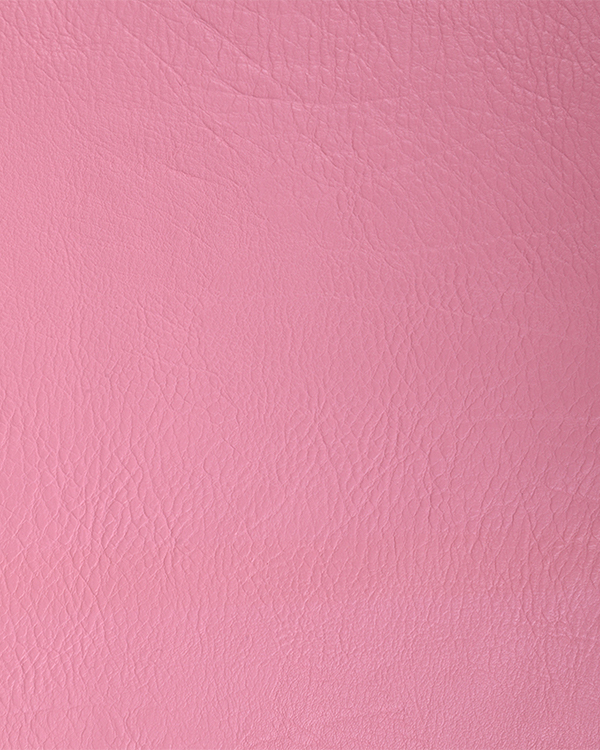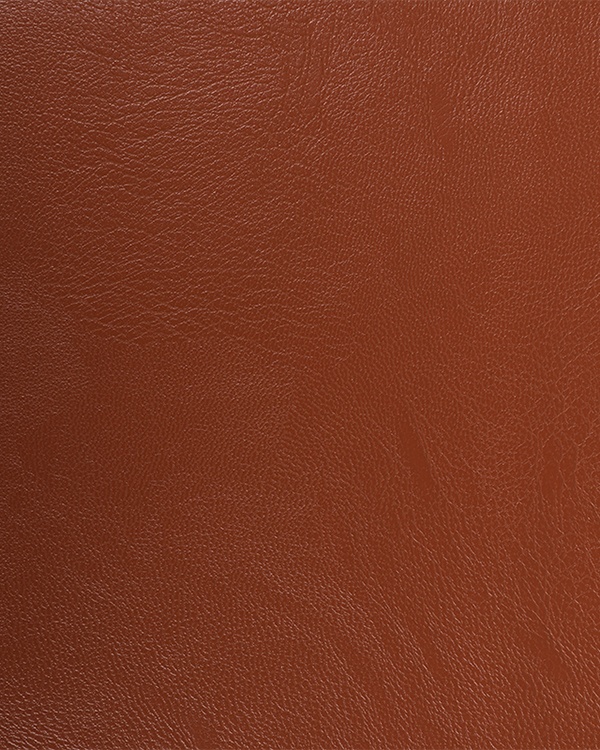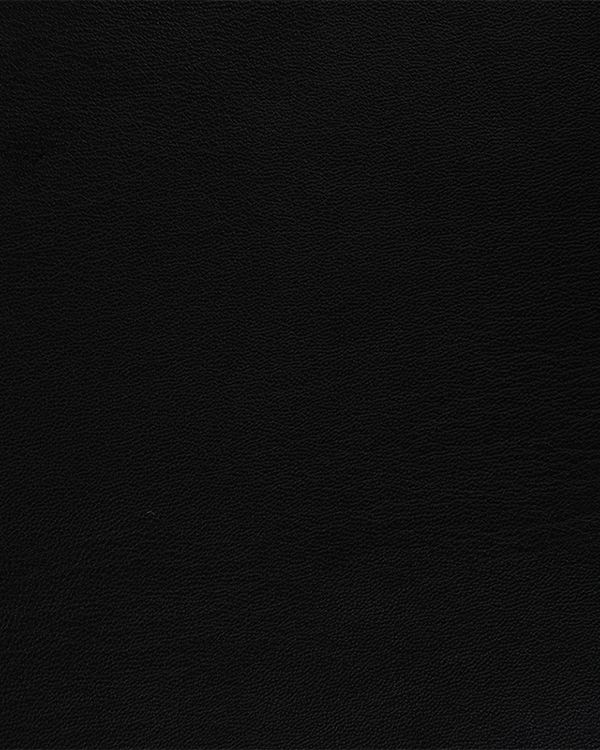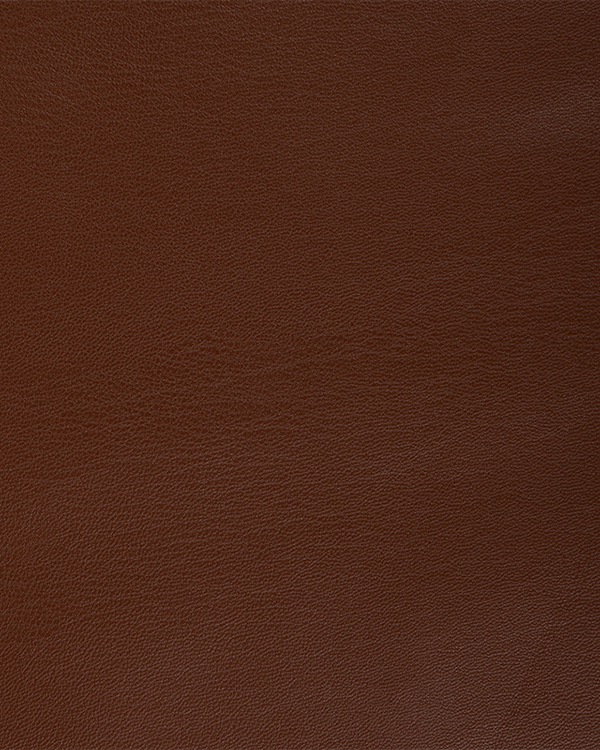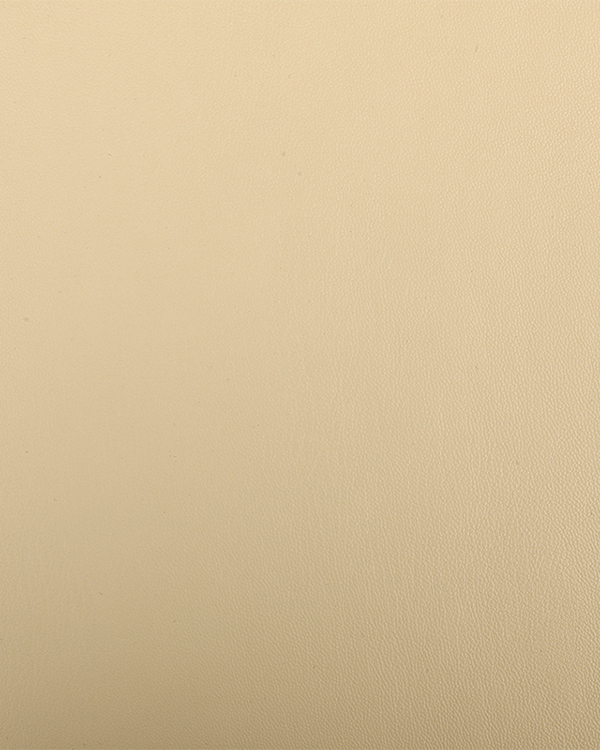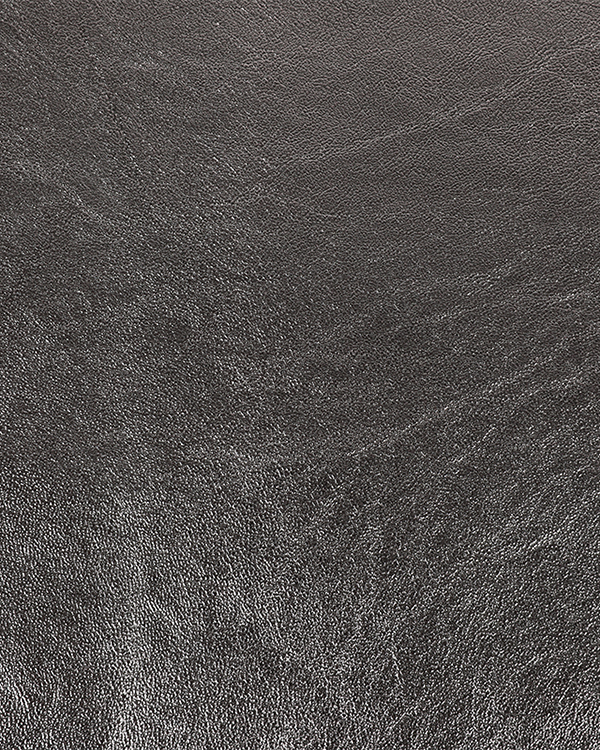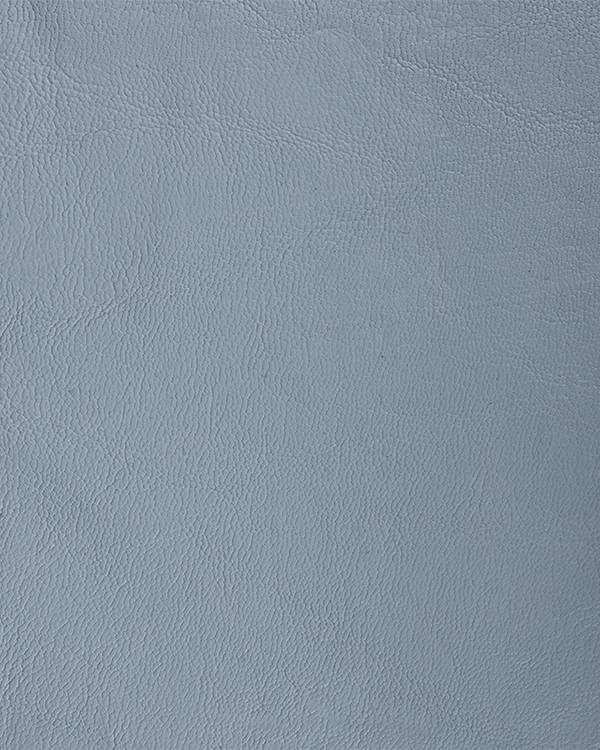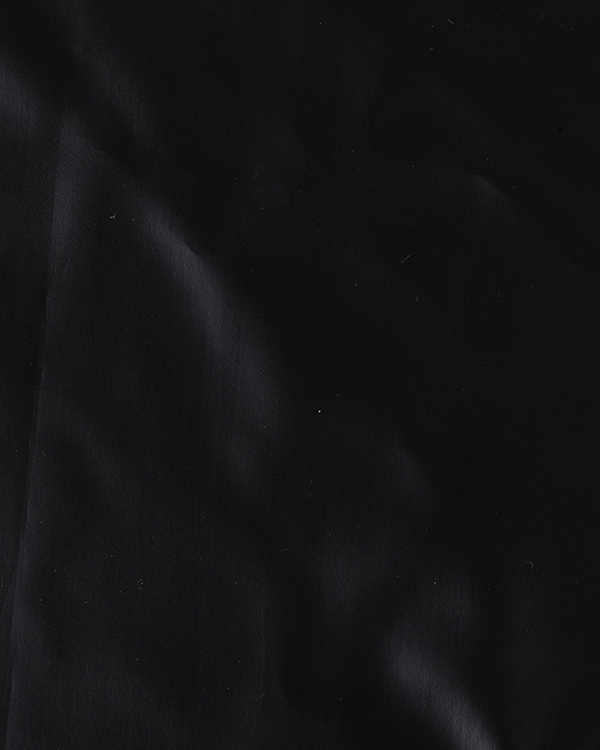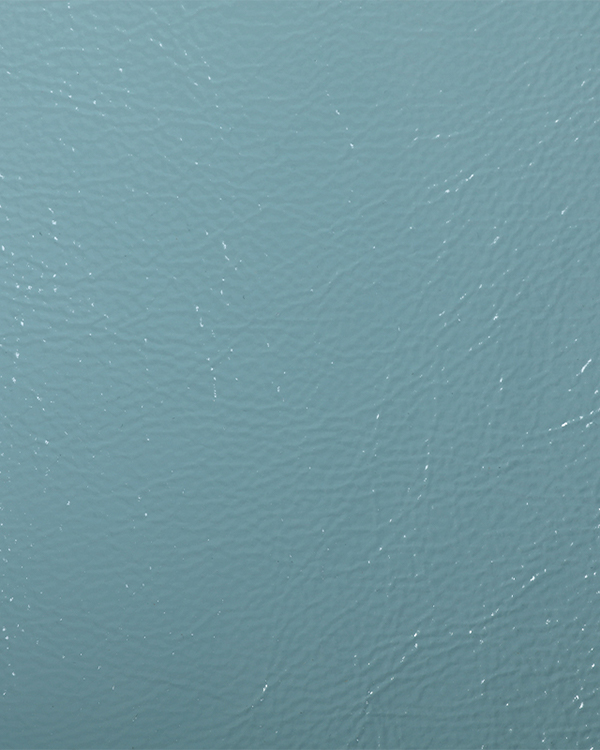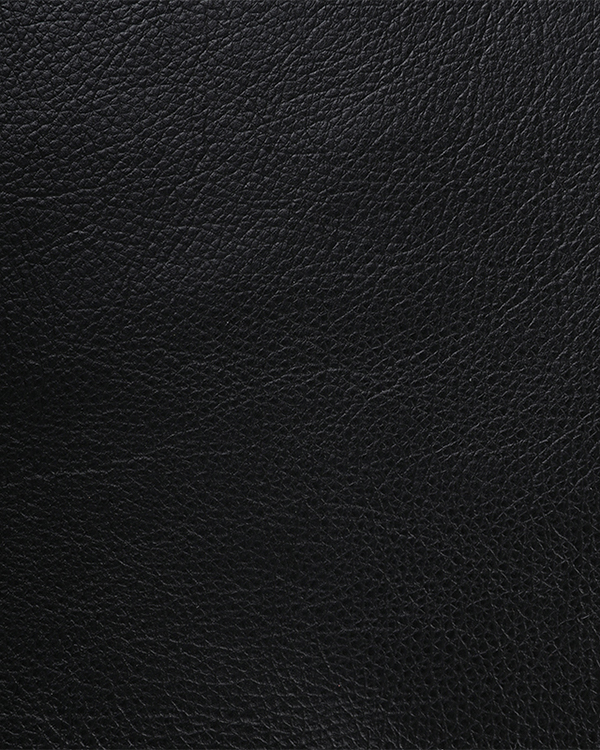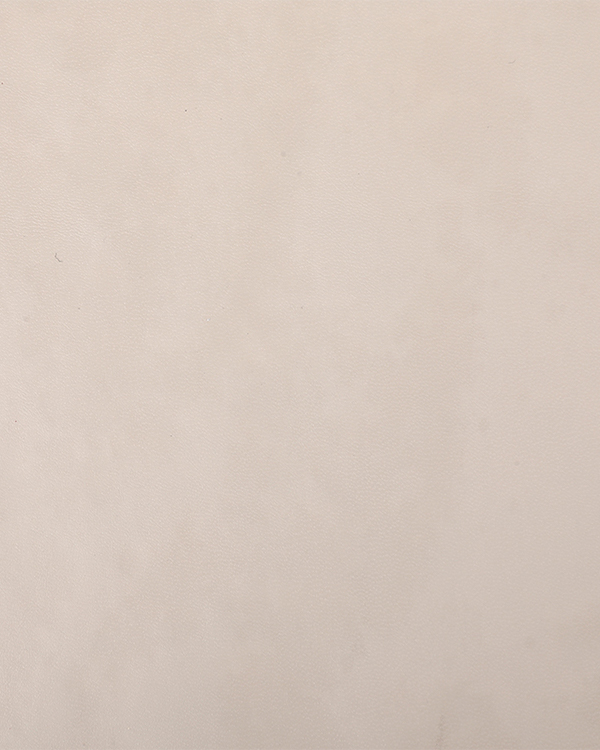What Is Composite Leather Fabric?
A composite leather fabric can be formed from a substrate and one or more layers, including reinforcing layers. Representative additional components can include top coats, cushioning agents, softeners and processing aids.
Suitable reinforcing materials can include microdenier fabric construction, polyurethane or polyolefin foam, latex foam, hot-melt backing. The material can also be chemically or mechanically embossed.
Aesthetics
Composite Leather Fabric has some pretty slick looking products on the market. It is available in a wide range of colors and textures to complement any design style or application. Its soft hand makes it ideal for furniture, upholstery and accessories.
One of the most impressive properties of this material is that it can be printed with a variety of motifs and patterns. This can be done by hand or with a digital printer. Often the material is coated with a UV and moisture resistant finish to improve its durability. It is also quite a bit cheaper than the real thing and can be cut, glued, and welded to create a multitude of unique designs. Its main drawback is that it may have a tendency to peel or crack in high traffic areas. In addition, it does not contain the natural elasticity of genuine leather, making it more difficult to repair in the event of damage.
Durability
Composite Leather Fabrics can be made from scrap leather and polyurethane (PU), but they do not have the same durability as real or bonded leather. The PU layer can easily scratch or flake off over time, and the furniture will not last as long as a leather sectional.
There are also elastomeric agents added to these materials, which can provide resiliency, softness and/or other properties that mirror those of some natural leathers. These can be useful in certain applications where softness or resiliency is desired, such as wall coverings, footwear and the like.
There are other non-leather fibers used in these materials that can provide strength, processability, fire retardancy, and/or improved insulation properties. These can be derived from post-industrial or post-consumer materials, such as cellulose, cotton, wood pulp, polyamides, polyester, and polyurethane. These can be incorporated into the binding agent during wet processing or as an embodied part of the composite material. Representative reinforcing materials include scrims, woven and non-woven fabrics, films, metal meshes or sheets, and the like.
Comfort
Composite Leather Fabric, which is made from leather scrap and Polyurethane (PU), is a great option for those who want the refined look of real leather with a more durable design. It has strong, tight fibres that stop dust and lint from penetrating the fabric and repel odour. This also helps if you are sensitive to dust or suffer from allergies.
In addition, composite leathers can be enhanced with inorganic fillers that help minimize the overall cost of the formulation while also providing other benefits such as reinforcement, abrasion resistance, fire retardancy, noise reduction, heat resistance, barrier properties, porosity, efficiency in processing and/or other desirable characteristics. These fibers include synthetic polyamides, polyolefins and polyurethanes. Additionally, the leather can be subjected to various embossing, plating and breathable film application processes to enhance its appearance.
Maintenance
To maintain the appearance and feel of Composite Leather Fabric, it is important to clean it with a water-based upholstery cleaner and vacuum regularly to remove dust and dirt. You should also consider using a protective coating to avoid prematurely fading or cracking the surface. For stains, you can use rubbing alcohol or saddle soap to remove ink and salt stains, but make sure you test a small area before applying the product to the rest of the fabric.
Other additives to improve the appearance and performance of a composite leather material include cushioning agents, binding agents and embossing agents. These add to the aesthetic appeal of the composite leather material and may help it to stand up to a variety of conditions, such as abrasions or temperature changes.

 English
English Español
Español
